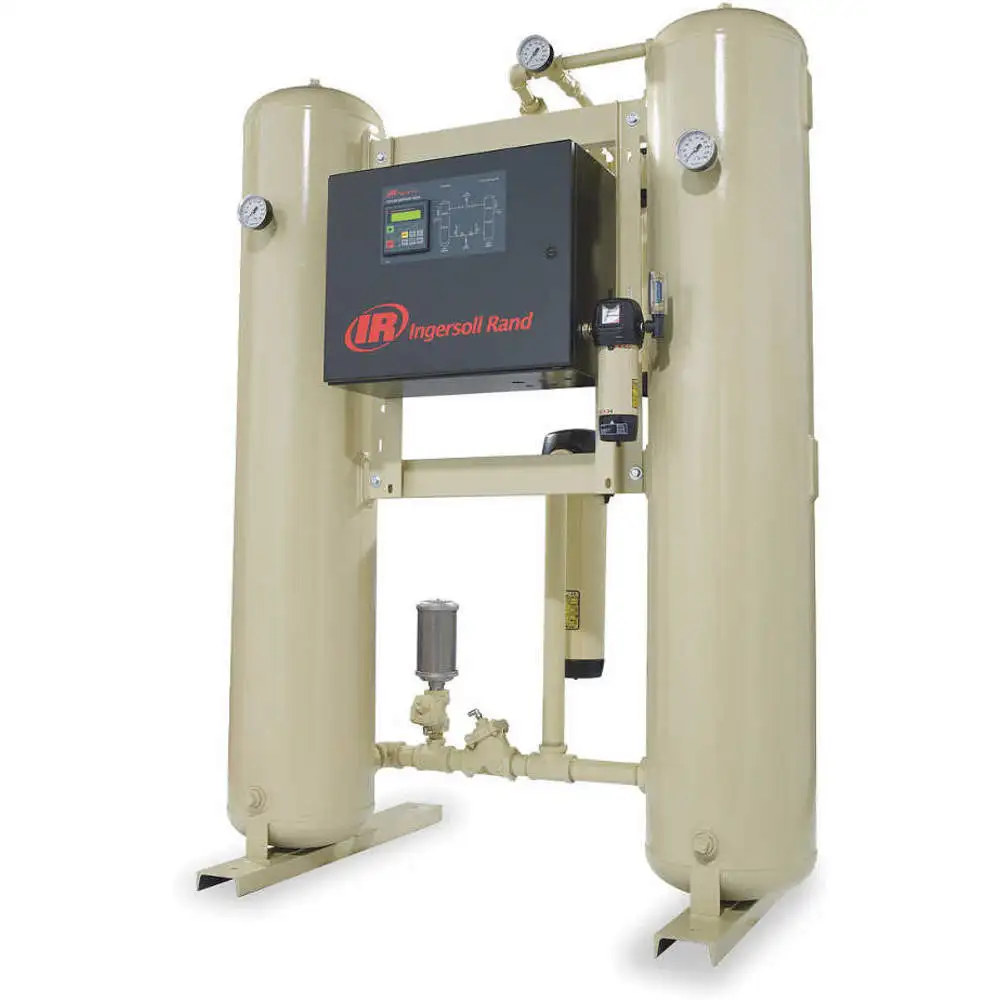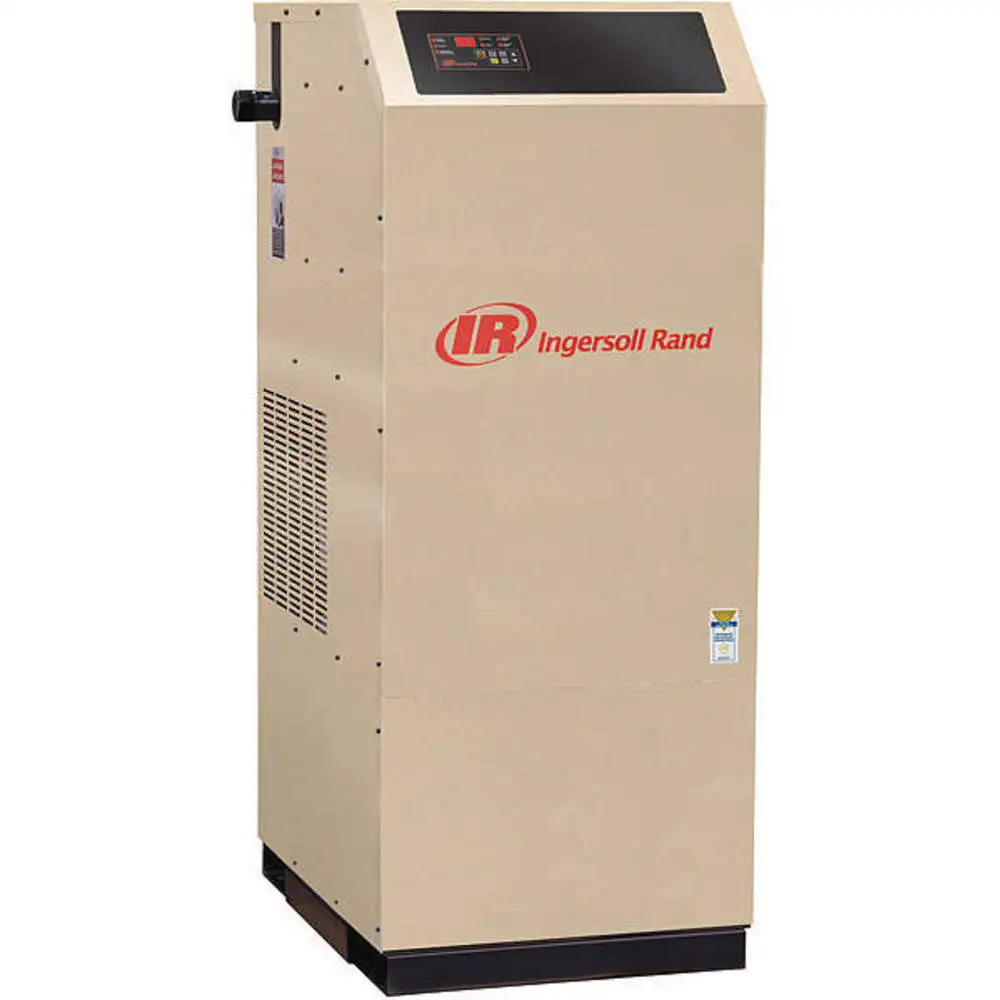Hankison Modular Desiccant Air Dryers:
- These desiccant dryers have aluminium components to resist corrosion due to moisture.
- They prevent fluidisation and slow / complete regeneration to avoid desiccant ageing.
- These units have a strong internal sound attenuation, ensuring quiet operation.
Ingersoll Rand Air Dryers:
- They have microprocessor controllers and additional air filters to remove oil and contaminants.
- These dryers are designed for applications with high air flow (up to 120 cfm).
- Their bodies feature stainless steel construction to resist contamination due to water vapour produced during the operation.
 £ GBPChange Country
£ GBPChange Country






